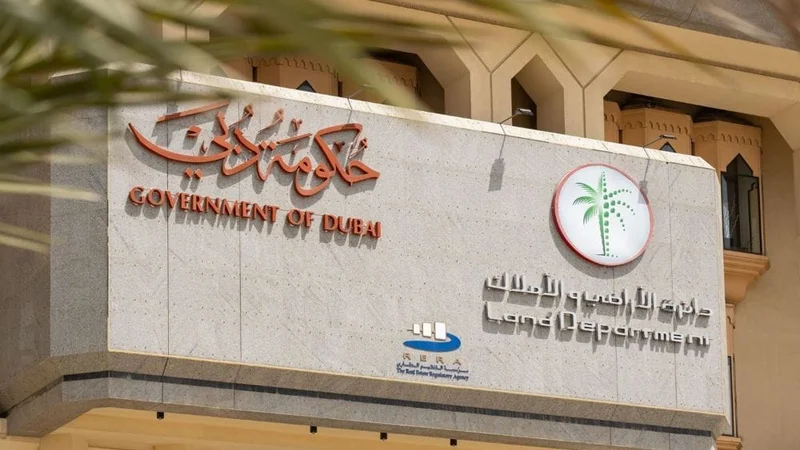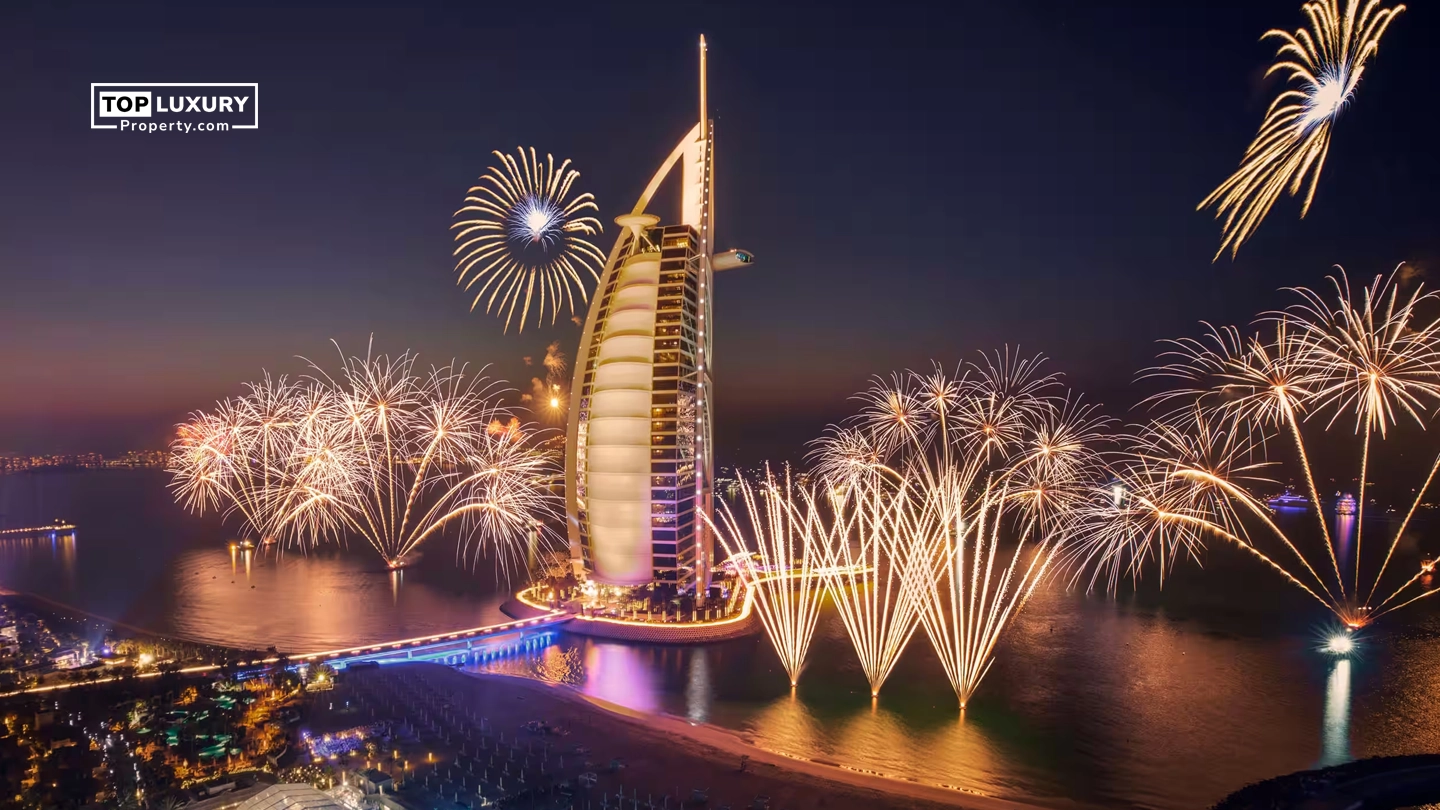Do you know Dubai’s real estate market just touched the AED 114 billion mark in 2025?
If so, then you already heard about record sales while locals talk about rising costs. What’s really happening in this market? Is it Expensive? Or is Dubai real estate a bubble?
If you’re looking to invest or find a home in Dubai, you need to know the facts behind the ads. Some think Dubai offers great value compared to other big cities, while others worry about the rising prices. In this guide, we look at what Dubai property costs now, how it compares to other cities, and who wins in this market.
Price Trend Analysis of Dubai Real Estate Market

Dubai’s property market has changed a lot since 2020. Sales reached 42,422 deals in early 2025, up 23% from last year, according to the Q1 2025 real estate report. These sales were worth AED114 billion, 29% more than in 2024.
Analysis by Property Type
1. Apartments
Apartments are still the most popular, with 32,237 sales in early 2025, up 14% from last year. Prices reached AED1,621 per square foot by late 2024, which is 48% higher than in 2020. Most buyers want one and two-bedroom units, with many buying off-plan.
2. Villas
Family homes showed the biggest growth. Villa sales went up 65% to 10,185 deals in early 2025. The value of these sales rose 56% to AED 53.4 billion. Villa prices jumped 92% compared to early 2024. The cost per square foot went from AED681 in 2020 to AED1,344 by 2024 - almost doubling in four years. Work-from-home trends, lifestyle changes after COVID, and wealthy newcomers drove this growth.
3. Commercial Properties
Office spaces, shops, and commercial plots recovered strongly from pandemic lows. Prices went from AED633 per square foot in 2020 to AED1,377 by 2024 - a 117% increase that was even faster than home prices. Demand was especially strong near free zones and business centers.
Analysis by Location
1. Palm Jumeirah
Palm Jumeirah is Dubai’s top luxury area, with prices at AED2,745 per square foot in 2024. This is 119% higher than 2019’s low of AED1,251. Beach villas here often sell for over AED 100 million. Limited space means prices will likely stay high.
2. Downtown Dubai
The area around Burj Khalifa costs AED2,716 per square foot - up 48% since 2020. Downtown Dubai being close to Dubai Mall, tourist spots, and offices keeps demand high despite the high costs. Many new projects here sell out right away.
3. Dubai Marina
This waterfront area reached AED2,242 per square foot in 2024, down from 2022’s peak but still 36% above 2020 levels. Dubai Marina shows more price changes than other high-end areas, partly because it has more buildings of varying quality.
4. Dubai Hills Estate
Dubai Hills Estate community saw prices jump from AED 1,020 in 2020 to AED 2,255 in 2024 - a 121% increase. Golf course views, family features, and the Emaar brand keep prices rising despite more homes being built.
5. Sobha Hartland 2
This area shows how much prices can change in Dubai. Prices fell to just AED 33 per square foot during 2018’s market low before climbing to AED 2,390 by 2024. Early buyers who waited through the down times saw huge gains, showing both the risks and rewards in newer areas.
Looking at Dubai property price last 10 years, we can draw several clear conclusions:
- The market has seen exceptional growth, with overall property values increasing about 48% since 2020.
- Different property types show varying patterns - villas have nearly doubled in price (97% increase) while apartments grew more moderately (48% increase).
- Location dramatically impacts both price and growth rates, with planned communities like Dubai Hills Estate seeing the strongest growth (121%) while established areas like Dubai Marina show more modest increases (36%).
- The market experienced a strong post-pandemic recovery in 2022 (34.2% increase) followed by stabilization in 2023 (-0.6%) and renewed growth in 2024-2025.
Comparison with Other Global Cities


Now, from the previous price trend analysis, you can clearly draw a conclusion about the Dubai price scenario. But wait, the actual game starts here. When you look at it from a global perspective, things are very different. Let’s see
| City | Price per sq ft (AED) | Comparison to Dubai |
|---|---|---|
| Hong Kong | 8,046.88 | 5.0x higher |
| Monaco | N/A (highest globally) | 6.0x+ higher |
| New York | 1,862.06 | 1.2x higher |
| London | 3,447.62 | 2.1x higher |
| Paris | 3,527.43 | 2.2x higher |
| Tokyo | 1,718.82 | 1.1x higher |
| Dubai | 1,608.64 | Baseline |
What Dh1 million (about $270,000) buys across different cities shows the real difference:
- Dubai: A one-bedroom apartment in central areas or a two-bedroom apartment in outer zones with pool access, gym, and parking
- Hong Kong: A tiny 212 square foot apartment in a basic tower block
- Tokyo: A 347 square foot one-bedroom in a decent neighborhood
- New York: A 950 square foot two-bedroom in the Bronx (considered less safe)
- Paris: A compact 205 square foot one-bedroom apartment on the eighth floor
According to Savills property agents, prices per square foot in Hong Kong are about four times higher than in Dubai, central London is more than twice as expensive, Tokyo is nearly 130% more costly, and Paris is about twice as much.
Only a few major cities have cheaper property than Dubai – Barcelona (about 6% cheaper), Cape Town, and Kuala Lumpur. These markets are growing fast but are more regional than global.
Dubai offers better value because it’s “much less space-constrained” and has “more room for growth” than cities like Hong Kong, New York, or Tokyo. The city was planned for efficiency with modern infrastructure, well-organized communities, and desirable living spaces.
Capital values in Dubai increased by 6.8% last year. Only a handful of major world cities – Madrid, Barcelona, Tokyo, Amsterdam, and Seoul – saw similar growth rates.
Market Perspectives

Different experts have important views on Dubai’s property market:
Property agents say:
Dubai’s market has matured significantly in the past decade. Ben Blackwell from Betterhomes points out that buying in Dubai used to be seen as “a gamble” about 10 years ago, but that’s changed. The market has evolved from being investor-focused to end-user based. He describes the difference between Dubai and London as “night and day,” noting that Londoners must travel “extraordinarily long” distances from the center to find affordable homes.
Lewis Allsopp, chairman at Allsopp & Allsopp estate agency, highlights that Dubai properties are “more likely to increase in value than the UK due to the buoyant market in the UAE.” The city’s business-friendly environment with minimal taxation makes it cost-effective for both homeowners and businesses.
Mario Volpi from Novvi Properties cautions about direct comparisons, noting Dubai’s property market has only operated for about 23 years compared to hundreds of years in London. He describes Dubai as an emerging market where “you get much more bang for your buck” despite recent price inflation.
Market experts observe:
Kelcie Sellers from Savills notes “constantly elevated capital value growth in Dubai” even with new supply being added regularly. She points to “incredible demand” from global buyers from Europe, North America, and Asia-Pacific regions.
Some investors described Dubai’s market as “on steroids” to The National, referring to the speed of growth and how quickly new developments sell out.
Quality concerns exist, but Blackwell counters that buildings in Dubai only “feel” like they age quickly because of constant new construction. He insists Dubai has “fantastic construction companies delivering high-quality products.”
Government factors:
The property boom has been supported by UAE government initiatives, including residency permits for retired and remote workers, an expanded golden visa program, and strong economic growth in the region.
Not only investor-friendly initiatives, Dubai Government brings Real Estate Strategy 2033, Dubai 2040 master plan and Dubai Economic Agenda – D33 to stabalize the prices.
The shift in the market has seen more international companies choosing Dubai as their headquarters, creating a more stable, mature market environment that attracts end-users rather than just investors.
Factors Influencing Property Prices

Several key factors are driving Dubai’s property market:
Demand and Supply Dynamics
Buyer interest increased 14% year-on-year through early 2025, with Q1 seeing 51% more interest than late 2024. End-users now make up 50% of buyers - up 22% from before - showing a more mature market beyond just investors. Demand is especially high for family homes, with townhouse interest up 64% in just one quarter. The best areas have a limited supply despite ongoing construction.
Foreign Investment
Global buyers are increasingly choosing Dubai real estate. European, North American, and Asian buyers expanded their presence throughout 2024-2025. Government programs for retirees, remote workers, and entrepreneurs created new types of buyers. Golden visa programs tied to property investment brought in wealthy individuals looking for both lifestyle benefits and a safe place for their money.
Market Maturation
Dubai’s property market has grown up since earlier boom-bust cycles. Mortgage purchases increased 21% year-on-year and 13% quarter-on-quarter through early 2025, now making up 57% of Betterhomes sales. This shift toward bank financing shows more end-user commitment rather than quick-flip investing. International companies setting up regional offices created steady housing demand.
Economic Environment
Strong UAE economic basics support real estate growth. No property taxes create big advantages compared to markets where yearly taxes reach 1-3% of property values. Modern infrastructure planning avoided many problems facing older cities. Political stability during regional unrest made Dubai a safe place for investment.
Regulatory Framework

The Dubai government has implemented several regulatory frameworks to balance the prices with demand and supply.
1. Dubai Land Department Oversight
Central registration systems ensure clear transactions and accurate records. The DLD’s tracking programs monitor market movements across all segments and areas. Detailed ownership records prevent the documentation problems seen in some newer markets. DLD also implemented 4 new real estate policies:
- Real Estate Alliances Policy
- Resilience and Sustainability Policy
- Real Estate Reputation Policy
- Data Sharing and Publication Policy
This further solidifies the grip over real estate prices.
2. RERA Protections
Developer rules include strict escrow requirements and construction milestone checks. Completion guarantees protect buyers from abandoned projects that happened in earlier market cycles. Established dispute resolution systems create confidence for international investors unfamiliar with local laws.
3. Financial Controls
Required escrow accounts for off-plan developments protect buyer funds until construction progress is verified. Mortgage rules prevent too much borrowing, typically requiring 20-35% down payments depending on property type and buyer status. The Dubai Smart Rental Index stabilizes rental markets through data-driven rate increase limits.
Conclusion
Determining whether Dubai property truly qualifies as “expensive” requires multiple perspectives:
1. Global Comparison
By international standards, Dubai remains moderately priced. Average costs (AED1,608.64 per square foot) represent just 20% of Hong Kong prices, 46% of London values, and 86% of comparable New York properties. Premium amenities, newer construction, and superior finishes typically accompany Dubai properties at these price points - features commanding substantial premiums elsewhere.
2. Historical Context
Residents who witnessed Dubai’s development recall significantly lower entry points just 5-10 years ago. Dramatic appreciation - particularly since 2020 - created genuine affordability challenges for existing population segments. Salary growth generally lagged property value increases, stretching household budgets particularly for renters facing both higher purchase costs and rising leases.
3. Value Analysis
Dubai’s unique proposition combines tax advantages, modern infrastructure, security benefits, and lifestyle amenities into a distinctive package that complicates direct price comparisons. The absence of income and property taxation creates substantial lifetime savings compared to similarly-priced global alternatives. Superior amenities typically accompany even mid-market properties - features reserved for premium segments elsewhere.
In one line, “The data shows Dubai has transitioned from an emerging market to an established one, with prices reflecting this evolution while still maintaining competitive positioning compared to other international cities.”





_(2)_638647637563832478_820465_.webp)